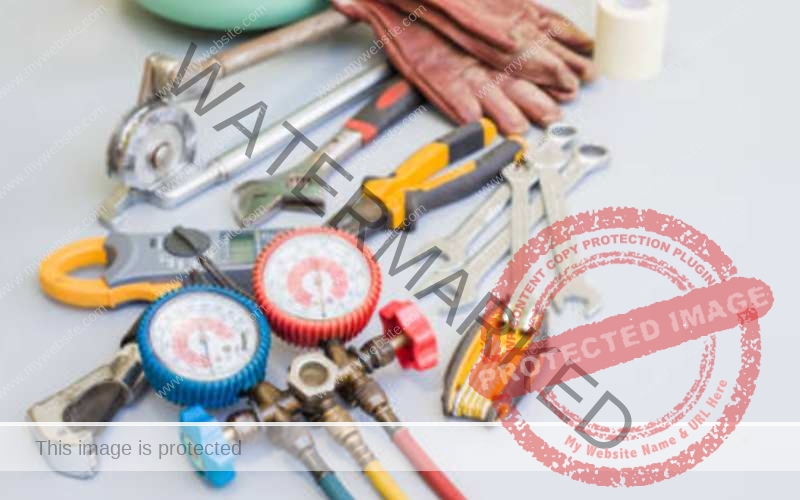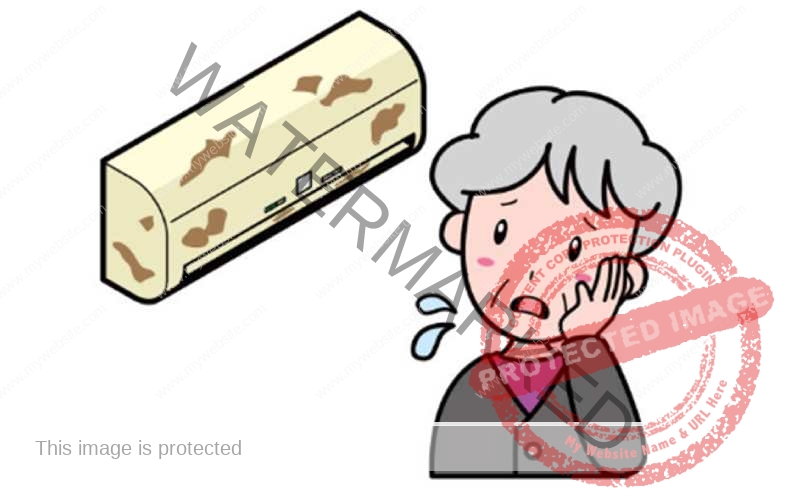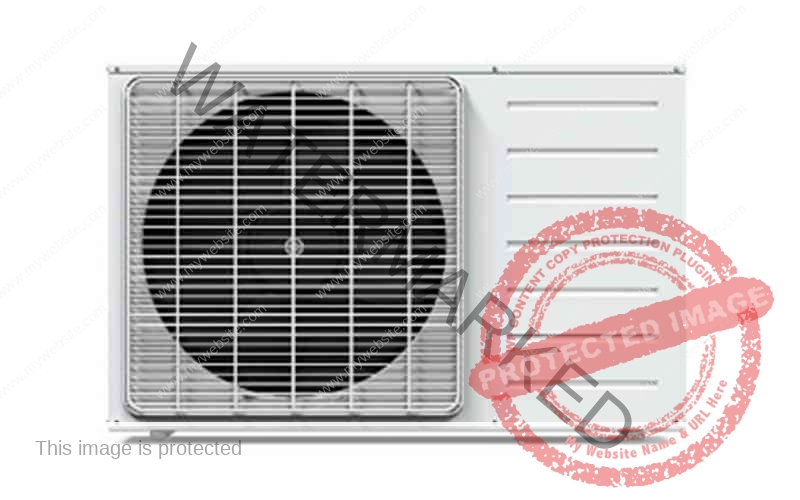
Aircon Insulation
May 22, 2023
Aircon Energy Savings
June 3, 2023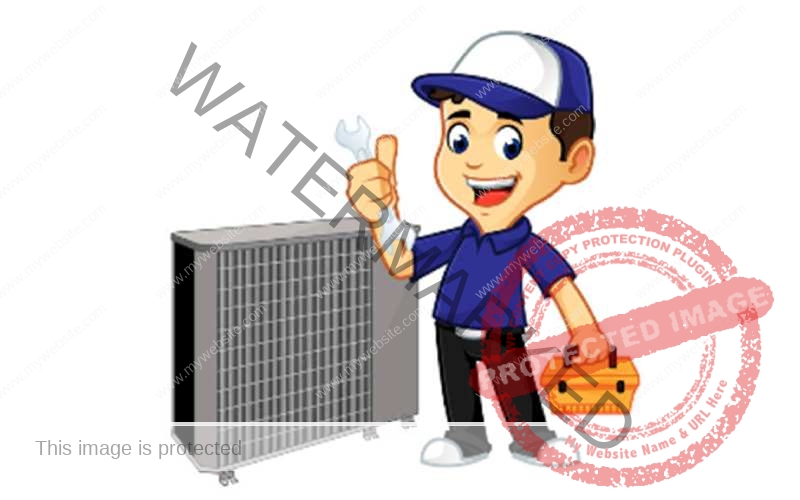
Air Conditioner Installation
Air conditioning has become an essential part of our daily lives. Installing air conditioning systems is essential for maintaining a comfortable indoor environment in Singapore.
To ensure the effectiveness of the air conditioning system as well as the safety of its installation, this article examines the various approaches in installing air conditioning system.
Types of Air Conditioning System
There are typically two main types of home aircon installation, window and split aircon system with the former being the most popular aircon type.
Window aircon is used in small rooms or for short-term cooling solutions. With the correct insulation, a window unit air conditioner is installed in an opening that is the right size, usually a window frame, to reduce heat transfer. To avoid air leakage, for the aircon system's effectiveness, AC unit is firmly fastened and sealed.
Split air conditioning systems are popular choices for most Singapore households as it offers better cooling performance and flexibility. The aircon condenser, outdoor unit, is positioned in a suitable outdoor location while the aircon evaporator, indoor unit, is installed inside the room. Qualified and experienced aircon installers are needed to ensure that the aircon system setup, optimum positioning of its units, isolator, electrical connections, pipings, refrigerant, insulations are properly done.
Commercial buildings or larger residential houses would normally opt for the central air conditioning systems as it can efficiently and simultaneously cool many rooms. It entails setting up a central cooling unit, which is typically put on the roof or in a mechanical room. A consistent temperature is maintained throughout the building by way of the aircon ducts, which distribute cooled air to various rooms via vents or grilles.
Inverter Air Conditioner is the most popular and commonly used energy efficient technology. A room air conditioner’s efficiency is measured by the energy efficiency ratio (EER). The EEF is the ratio of the cooling capacity, British thermal units (BTU) per hour, to the power input (in watts). The higher the EEF rating, the more energy efficient is the air conditioner.
Safety in Air Conditioning Installation
Safety precautions come first.
Aircon installation must not jeopardize the building's structural integrity, safety or disturb other occupants.
The air conditioning installation process is carried out by following safety code of practices, Singapore. Use of suitable air condition supports and fasterning systems. Correct methods of installing condensing units and window units in HDB and private estates.
Hire qualified installers who are familiar with Singapore safety regulations and are certified and experienced in air conditioning installation. The air conditioning company’s reputation, established tracked records, aircon trained staff give the quality assurance of good workmanship in installation and lowering any possibility of mishaps or system damage.
In the aircon installation, an electrical isolator switch and proper miniature circuit breaker (MCB) is essential. Aircon isolator is a switching device for cutting off current and isolating a circuit when the air conditioner needs maintenance or any air conditioner repair work. MCB is an automatically-operated circuit breaker for overload and short circuit protection, while an aircon isolator is a manually-operated device.
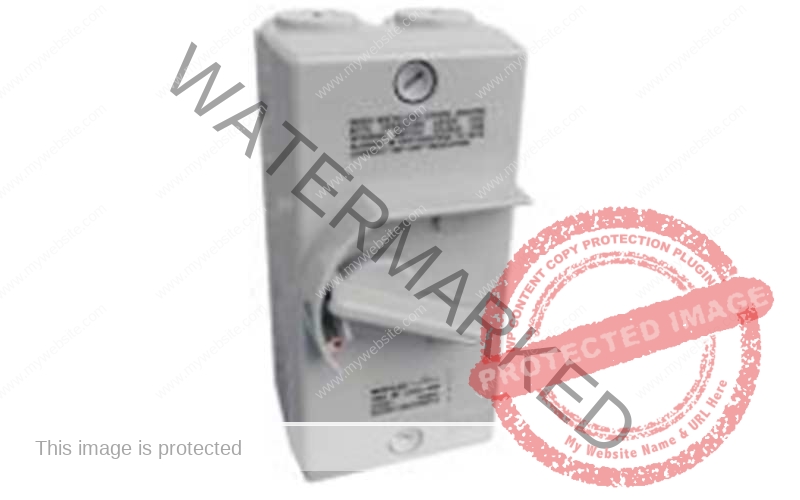
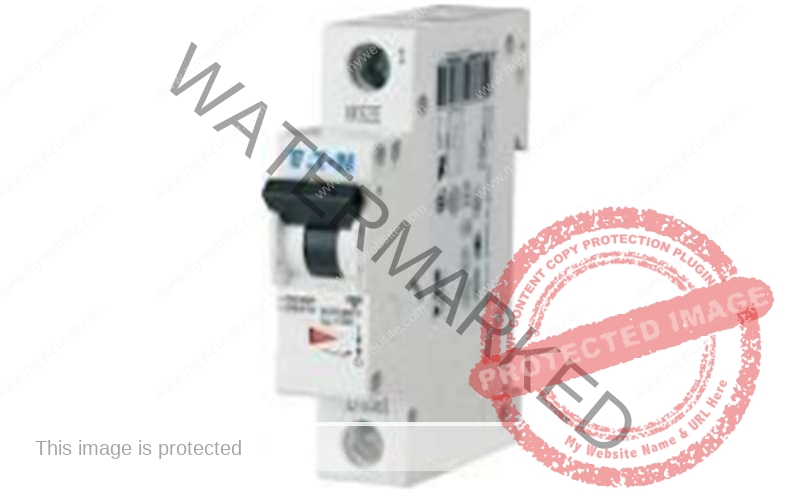
Proper electrical devices, correct tools & equipment and its connections for air conditioning systems must be strictly followed. Electrical hazards such as short circuits might cause fatal physical injuries.
